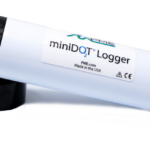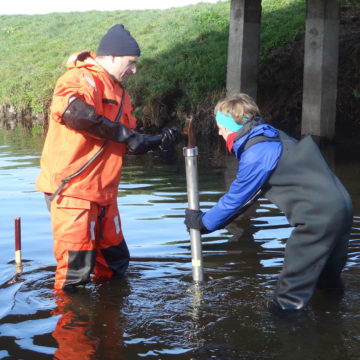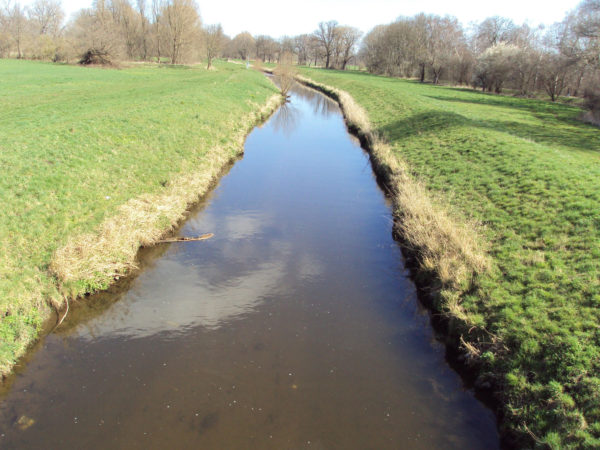
OceanCube Seafloor
November 20, 2014
Tracking Benthic Production with miniDOT
March 14, 2017Hyporheic research with buried miniDOT Loggers
Project Details
- PRODUCT(S): miniDOT® Logger
- APPLICATION: Surface Water
- PARAMETER: Dissolved Oxygen, Temperature
- LOCATION: Central Germany, Magdeburg Börde
- ORGANIZATION: Helmholtz Centre for Environmental Research - UFZ
- RECOGNITION: Julia Vanessa Kunz

Case Study Description
A research team from the Helmholtz Center for Environmental Research – UFZled by Julia Kunz, used PME’s miniDOT loggers to measure dissolved oxygen (DO) and temperature underneath the streambed (the hyporheic zone) of a river in Germany.
The hyporheic zone is the area below the riverbed, where groundwater and surface water mix, and is a vital part of fluvial habitat.
The functions of the hyporheic zone include:
- A source of nutrient flux with surface water
- A refuge for spawning fish
- Habitat for interstitial organisms
- Anchor medium for roots of aquatic plants
The research team also developed and tested a hyporheic passive flux meter (HPFM) to measure water and nutrient flow in this zone.
Multiple miniDOTs buried directly in sediment
The team used a tapered steel tube and hammer to deploy the miniDOT loggers at depths of 25 cm and 45 cm beneath the riverbed.
The tubes were removed and loggers were left exposed to sediment for four weeks to allow for re-equilibration in the sediment. After that period, data logged to the device over one week were used for experiment purposes. Measurements were logged every 5 minutes.

Data from miniDOT shows intriguing results
 Data from the buried miniDOTs were compared with data from a miniDOT in the surface water.
Data from the buried miniDOTs were compared with data from a miniDOT in the surface water.
The DO levels in the hyporheic zone were considerably lower, but the data displayed something that surprised the researchers: Daily DO fluctuations at 45 cm had higher amplitude than DO fluctuations at 25 cm below the streambed.
Researcher says miniDOT is “physically robust”
Kunz said: “Overall, the miniDOTs delivered robust results. They are easy to operate and the software is intuitive. I like especially that they are wireless and also physically robust. That’s what made them so suitable for our work, and I believe that’s what makes them suitable for a lot of other non-standard applications.”

